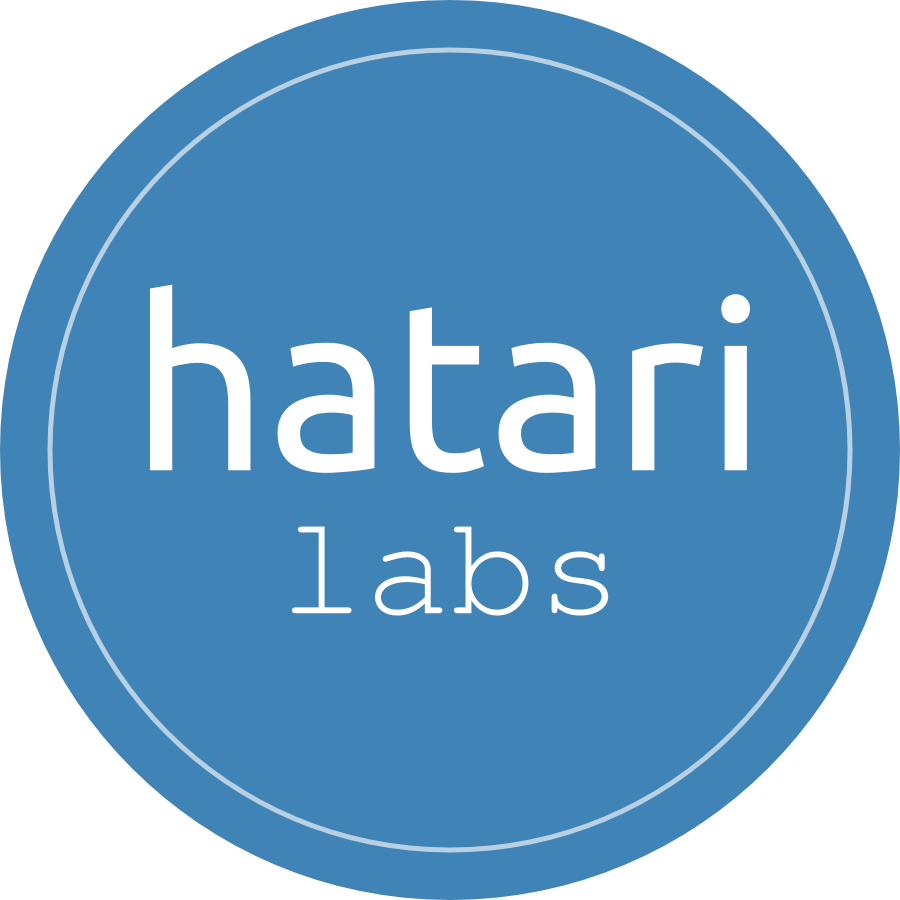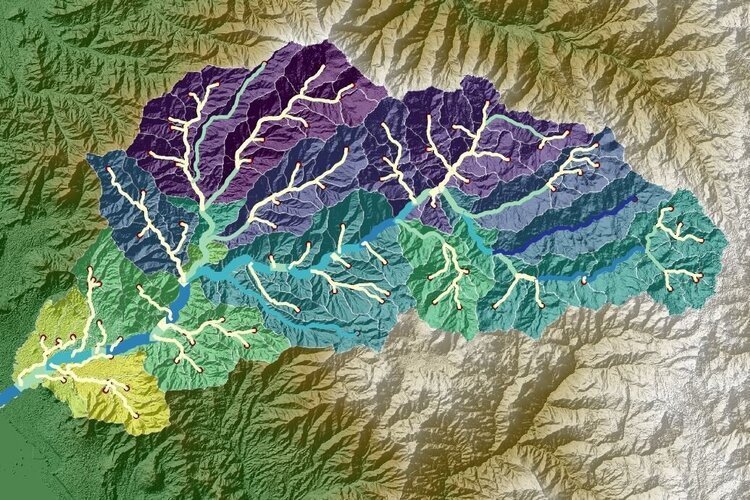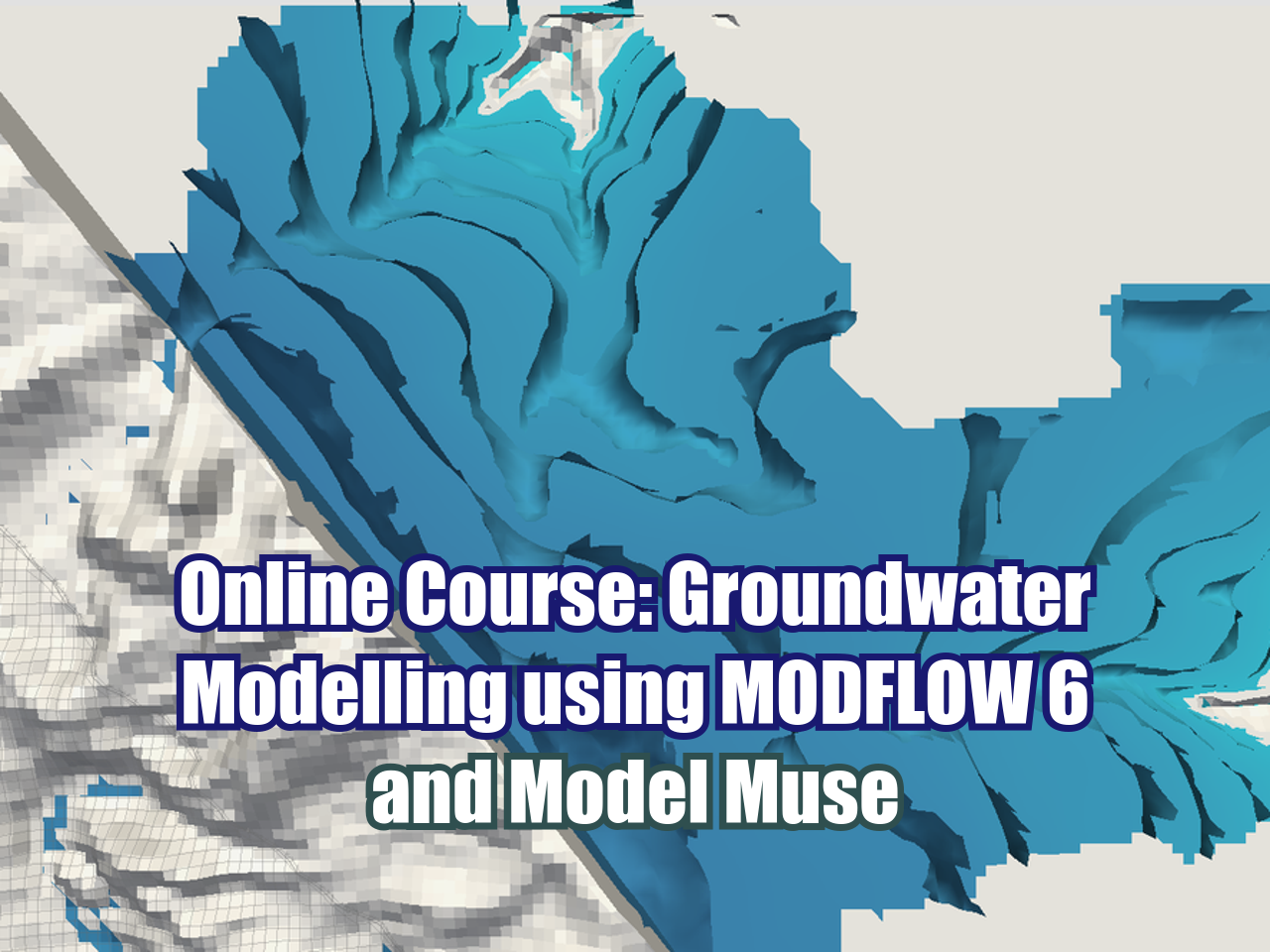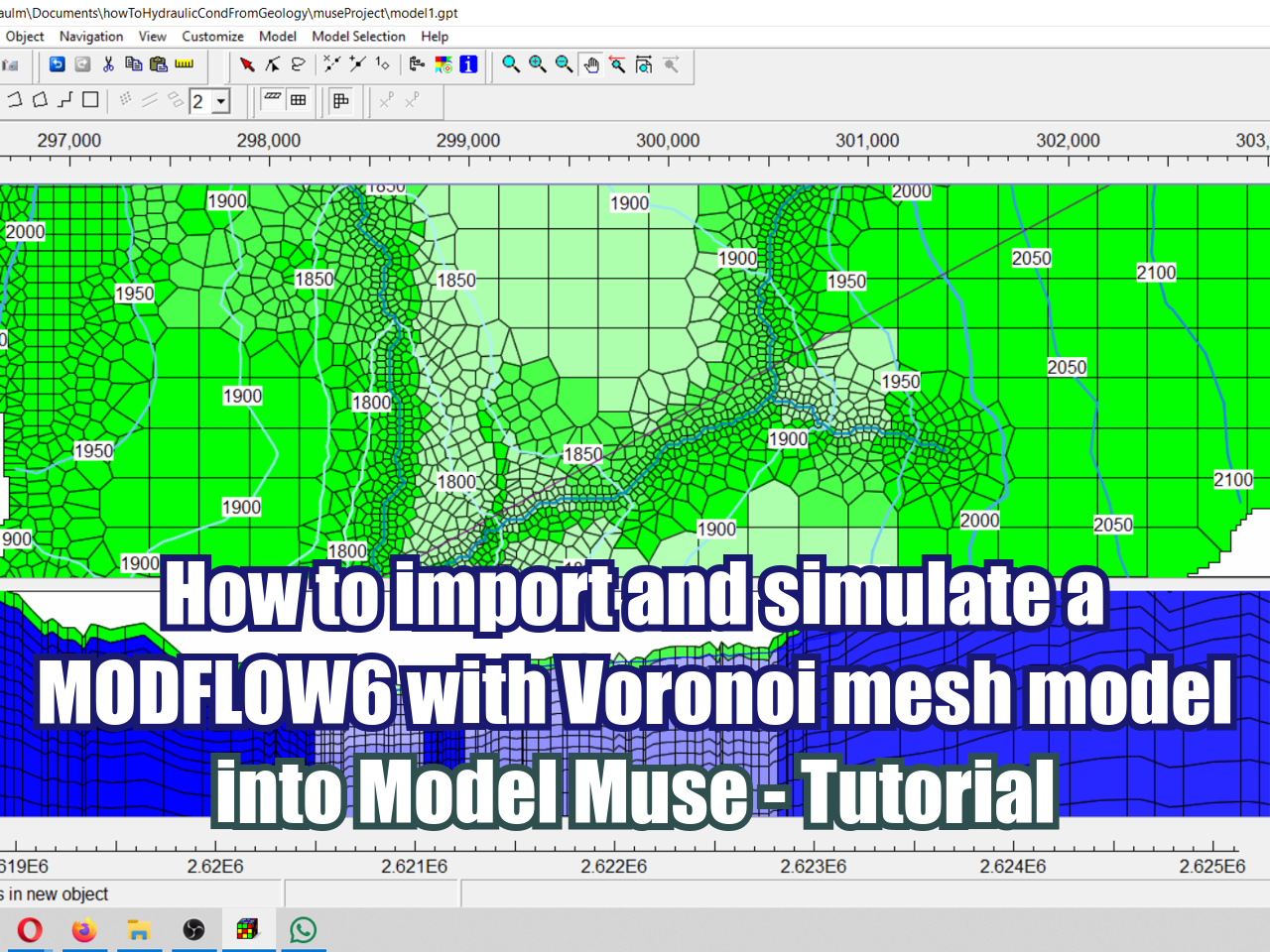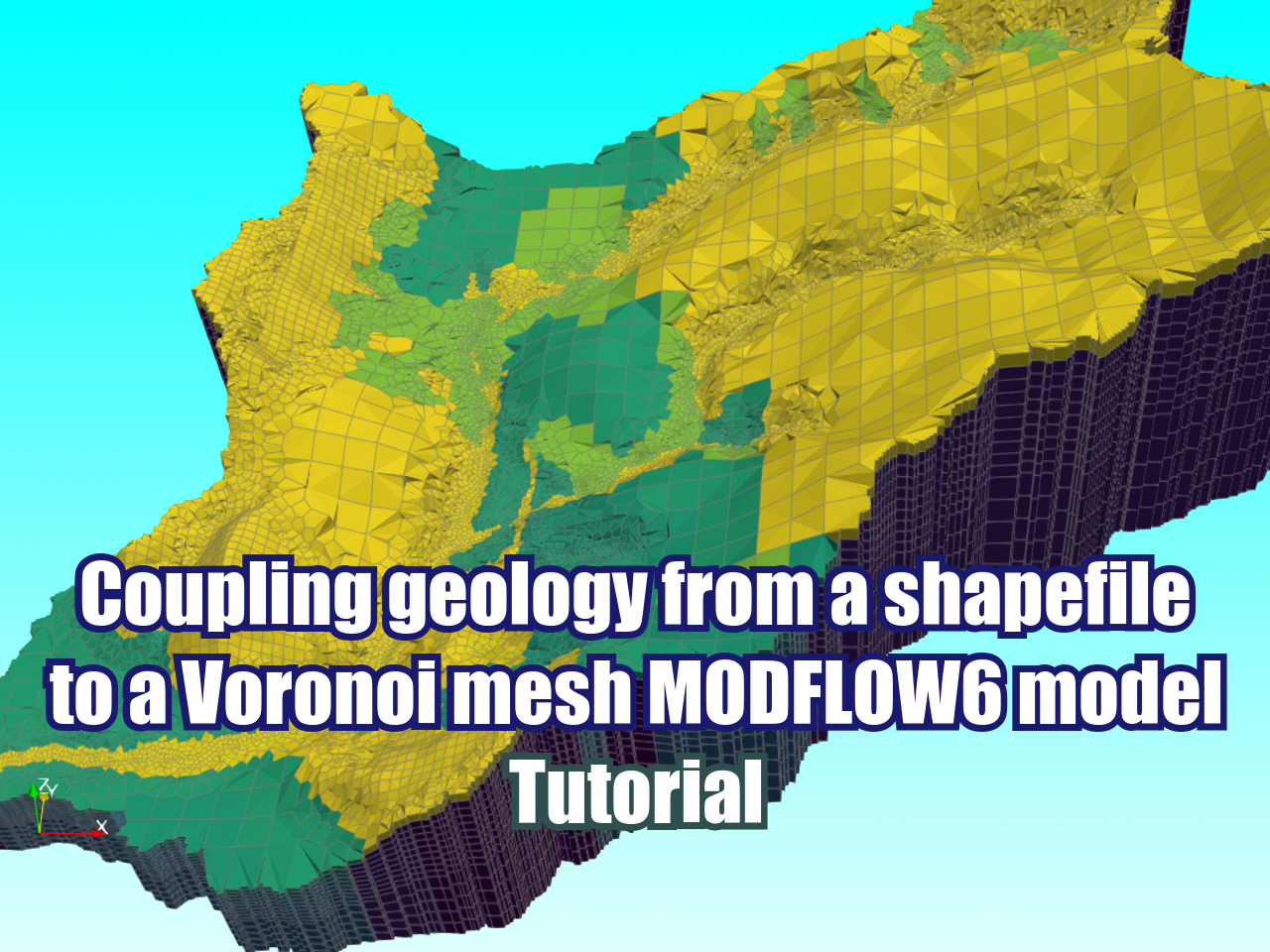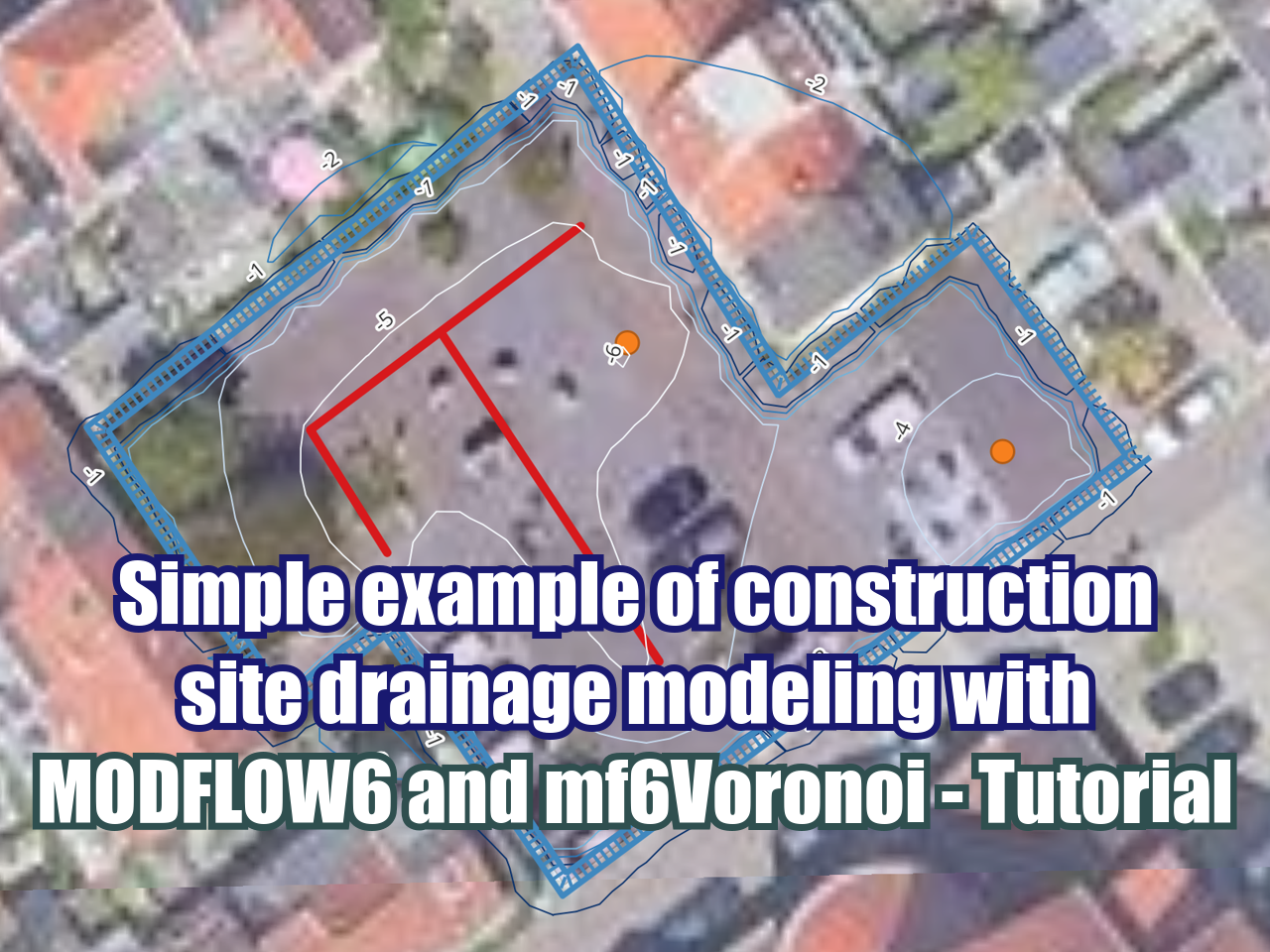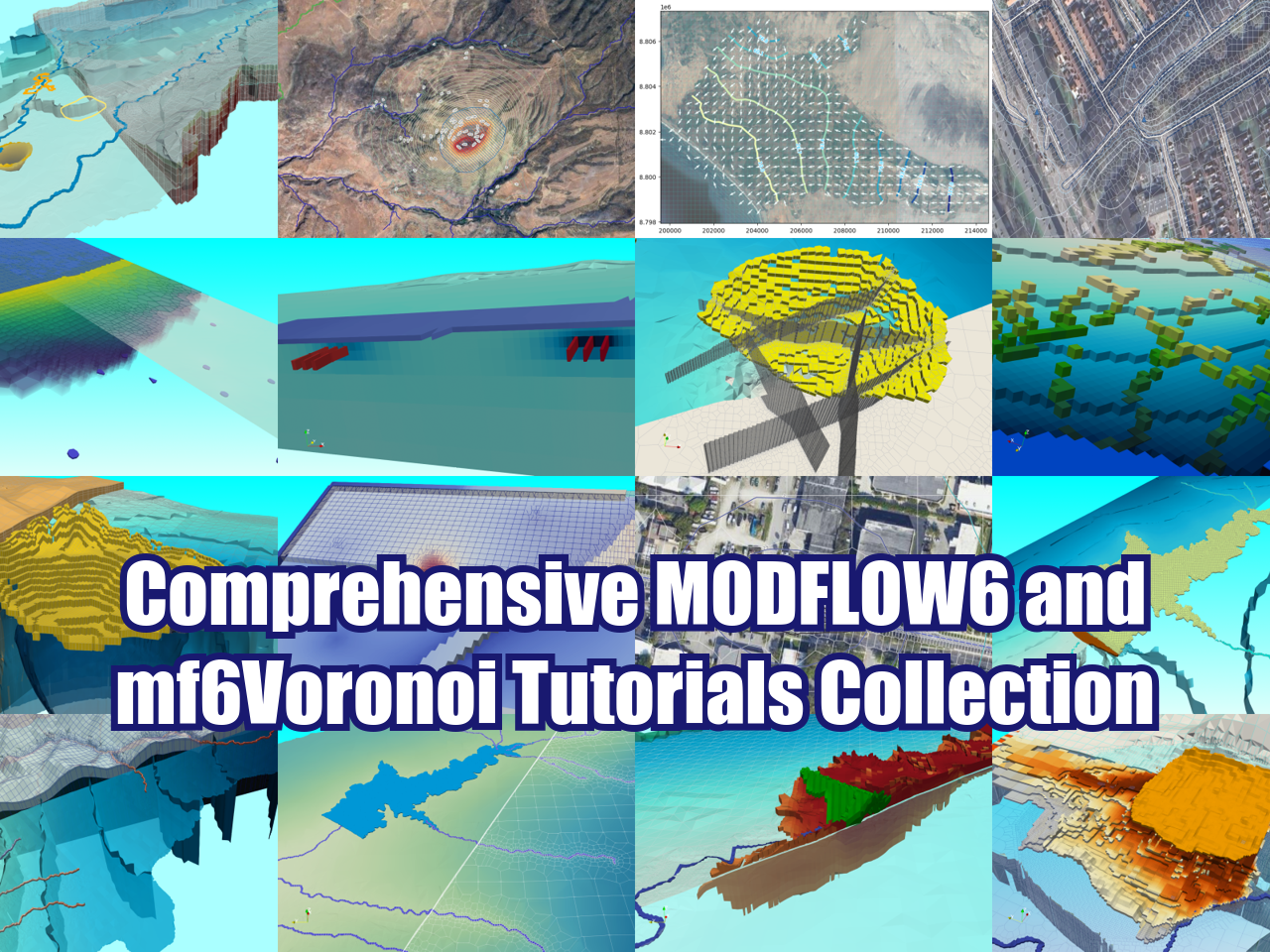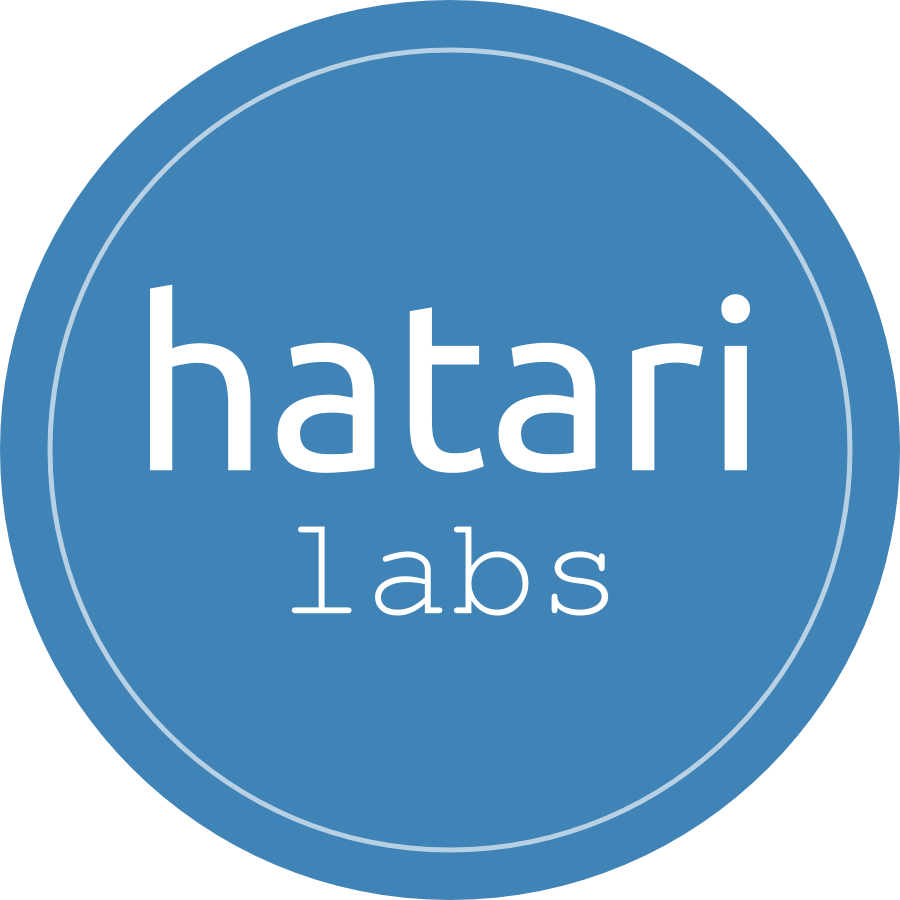Inflow modeling to infiltration galleries with MODFLOW6 and mf6Voronoi - Tutorial
/Infiltration galleries are a low cost and low maintenance option for domestic water supply. The amount of inflow water and the interaction with the water bodies are main concerns on the evaluation and design of infiltration galleries. We have done an applied case of inflow simulation to infiltration galleries with MODFLOW6 based on Voronoi meshes. The example covers all steps from mesh creation, steady state model construction, simulation of infiltration galleries and the inflow calculation per gallery group. Finally a 3D representation of the model geometry, boundary conditions and head distribution is performed on Paraview.
Read More